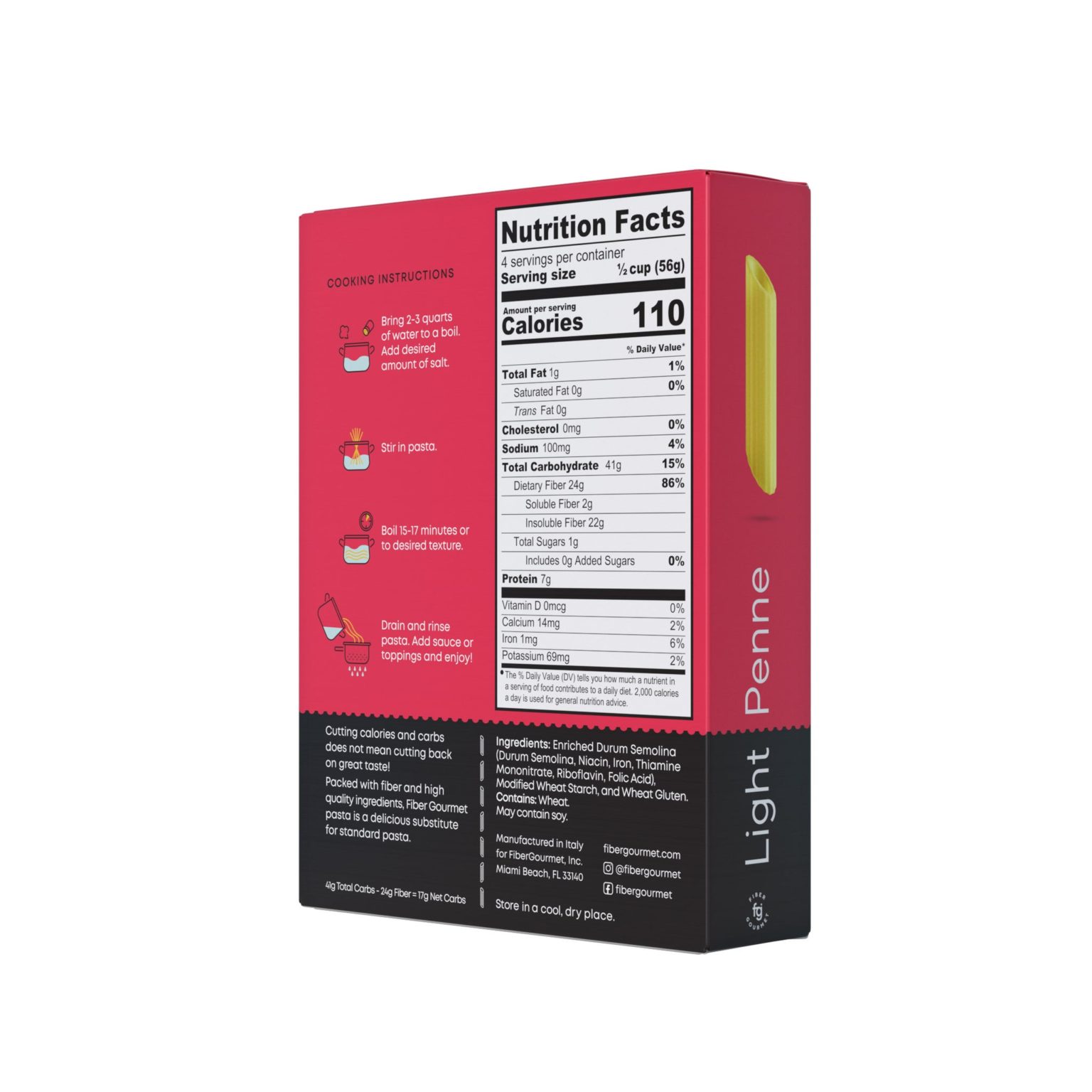

It is common to mistake penne pasta for ziti when looking at it. It is possible to cook both types of pasta in an instant pot. Pasta with a thinner or smaller shell is more difficult to cook because it takes longer to cook. Pasta is available in a variety of flavors throughout the country. The shapes and utility of penne and rigatoni are similar, but each type has its own mouthfeel and texture. Many people consider the rigatoni’s hollow shape to be more similar to that of the penne. It can be used in both meat and vegetable-based sauces, and it can even be baked. Ricottaoni, a cylindrical pasta, can be used to disperse any pasta sauce. They have a cylindrical shape but differ in terms of direction and design. Pasta of the same type, whether penne or ragatoni, is frequently associated with the same taste. The addition of penne can be used to make both meat and vegetable dishes. Pasta is a wonderful dish to make every day. In the following paragraphs, we’ll go over the differences between pasta types.

Although they are not identical, they have gained popularity around the world. Pasta varieties such as Penne and Rigatoni have a wide range of characteristics. Pasta can be found in a variety of shapes and sizes, and each type has its own distinct flavor. Regardless of which pasta you choose, you can rest assured that you are in for a delicious meal. However, if you prefer the smaller shape and texture of penne, then it may be the better choice for you. If you enjoy the texture and shape of rigatoni, then it may be the better choice for you. Ultimately, the decision between which pasta to use really comes down to personal preference. Penne, on the other hand, is a smaller, cylindrical pasta with angled edges, which is also great for capturing sauces and other ingredients. Rigatoni is a large, tubular pasta with ridges that are perfect for trapping sauces and other ingredients. When it comes to pasta, both rigatoni and penne are popular choices. In the case of smaller pasta shapes, ziti pasta or penne can be substituted.īecause of its ridges, it is best for holding dense sauces, and it also works well with bolognese sauce and pomodoro sauce. Furthermore, ridges help to absorb extra sauce. If you’re working with sauces that are overly watery, rigatoni is always a good idea because it’s a large, thick pasta that holds a lot of sauce. The rich tomato sauce, on the other hand, is thick and bold and should be paired with penne or rigatoni. If your sauce is chunky, thick, and creamy, you’ll be able to pair it with Rigatoni. Penne is an excellent choice for sauces that contain few ingredients and are light in color. You can use the sauces listed below to pair Penne or Rigatoni perfectly. The most common type of fruit, on the other hand, is psued. As a result, you can pursue whatever you want. What type of pasta is appropriate for a picnic is not determined by the type of pasta used. There is no difference between the two types, despite their appearance. It is cylindrical and hollow, so it can be served with almost any meal. The two most commonly consumed types of pasta are penne and rangito, but they are frequently confused. Pasta shapes can be found in over 600 different shapes. In this article, we’ll explore the similarities and differences between rigatoni and penne, offering helpful tips for choosing the right pasta for your favorite recipes. Despite their differences in size, shape, and texture, both rigatoni and penne make delicious additions to a variety of Italian dishes, from classic pasta sauces to creamy casseroles. Rigatoni is a large, tubular-shaped pasta with ridges along its length, while penne is a smaller, quill-shaped pasta with ridged edges. For those who are unfamiliar with Italian cuisine, it can be difficult to differentiate between the two most popular pasta shapes: rigatoni and penne.


 0 kommentar(er)
0 kommentar(er)
